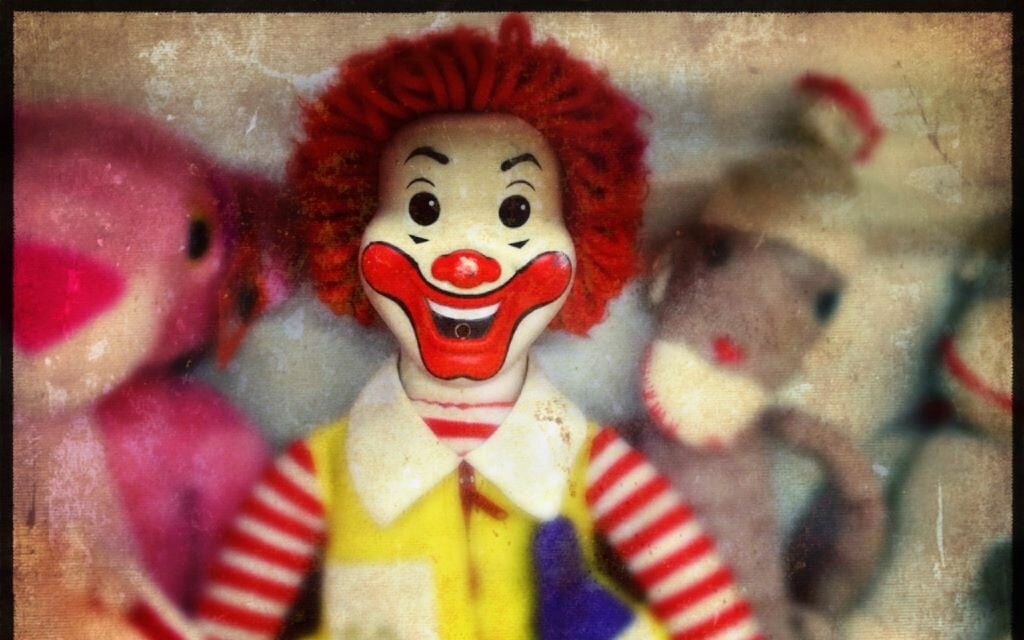While the 80s were for kids growing up in the 80s, one of the best days of the year was when the Sears or Montgomery Ward Holiday catalog came in the mail. It was a smorgasbord of fun, from brightly colored dolls to wild car tracks to science kits, every kid could find something to wish for. The toys that shaped the children of the 80s may not have always originated in that decade, but they were part of the growing up experience. While the 80s were far from idyllic, there was a lot of free-roaming fun to be had, spending hours with the toys that left a lasting impression on the kids who played with them and generations to follow. Here are some of the most beloved toys kids in the 80s played with, and some that burned bright then faded from the spotlight.

PONG – Started the video game revolution
It is a simple concept; two “paddles,” made up of a single 8-bit line, tried to keep the “ball” from getting past them and going off the screen, while trying to hit it past the other player. Pong was initially an arcade unit, rivaling pinball and pool games in bars and restaurants. By 1975, developer Atari came up with a brilliant new market niche for Pong. They developed a home version of the game, to work on a television set. They introduced Home Pong in the 1975 Sears Catalog. The first run sold hundreds of thousands of units. It would continue to grow in popularity during the early 80s, and for many 80s kids, be their first introduction to home video gaming, an obsession that would give rise to even bigger names and games.

